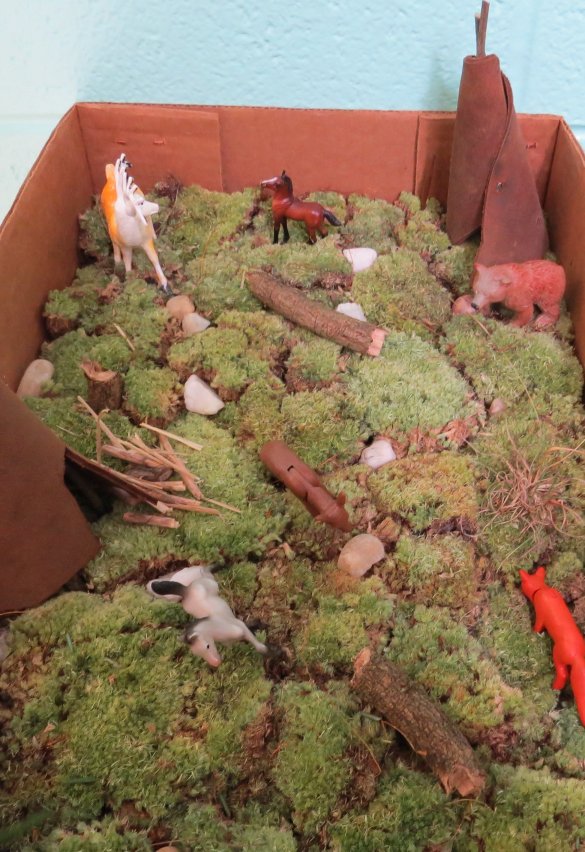Plains Indigenous Peoples
The Plains Indigenous peoples were a group of Native American tribes known for their nomadic lifestyle and strong connection to the vast grasslands they called home. They lived in the Great Plains region, which stretches from the Mississippi River to the Rocky Mountains. The Plains Indigenous peoples were skilled hunters, especially of buffalo, which provided them with food, clothing, and shelter. They also made beautiful beadwork and crafted tools and weapons. They believed in many spirits and held important ceremonies to honor them. Despite facing many challenges, including conflicts with settlers and the loss of their lands, the Plains Indigenous peoples have preserved their culture and continue to share their traditions today.
Location and Environment
The Plains Indigenous peoples lived from the Mississippi River to the Rocky Mountains and Canada to Mexico. The most important tribes were the Sioux, Blackfoot, Cheyenne, Crow, Kiowa, and Comanche. The plains area was hotter than 100 degrees in the summer and could drop to 40 degrees below zero with heavy winter snow. The region was so dry that when it rained, it often flooded. The rolling land was covered with grassland and a few mountains. The Black Hills were high and steep. Few Indigenous people lived on the Great Plains before Europeans brought the horse in the 1600s.
Housing and Shelter
Before Europeans came to America, most of the Plains Indigenous peoples lived along the rivers and streams where the land was fertile. In their villages, they lived in earth lodges. These were made of frames of logs covered with brush and dirt. When hunting, they lived in teepees. Occasionally, they built wigwams. The wigwams protected the teepee from rotting and were used to store food. To build the teepee, the women stuck long poles in the ground as a circle. They leaned the poles together at the top and fastened them with hides. The poles were covered with buffalo hides. Two longer poles were attached to the top corners and were used to remove the smoke from the fire.
The teepee opening always faced east. The outside of the teepee was decorated with paintings of animals, stars, or other objects. The Plains Indigenous peoples had little furniture. Their beds were made from buffalo robe skins with the hair left on. They also had backrests. Food, clothes, and belongings were stored in parfleches. A parfleche was a strong pouch made of buffalo hide.
Models of Teepees Built by Students





Clothing and Adornments
The women made their clothing from buffalo hides and deerskin. Boys wore nothing until age 10; then, they began wearing breechclouts. A breechclout was a deerskin stretched between the legs and fastened by a leather belt in the back and the front. The men wore robes and high boots made from buffalo hides in cold weather. The young girls wore breechclouts. When they reached adolescence, they began wearing loosely fitting, long-sleeved dresses stitched with deerskin and decorated with fringe, beads, and small pieces of metal.
Both men and women painted their bodies, faces, and scalps with brightly colored paints made from clay and juices of berries and fruits. The men pierced their ears. Men wore their hair long and separated it into two braids decorated with fur, leather, or a single feather. The women cut their hair much shorter than the men.